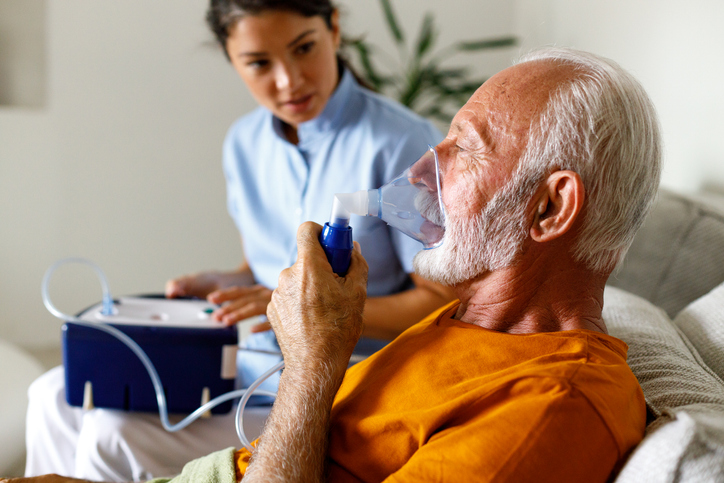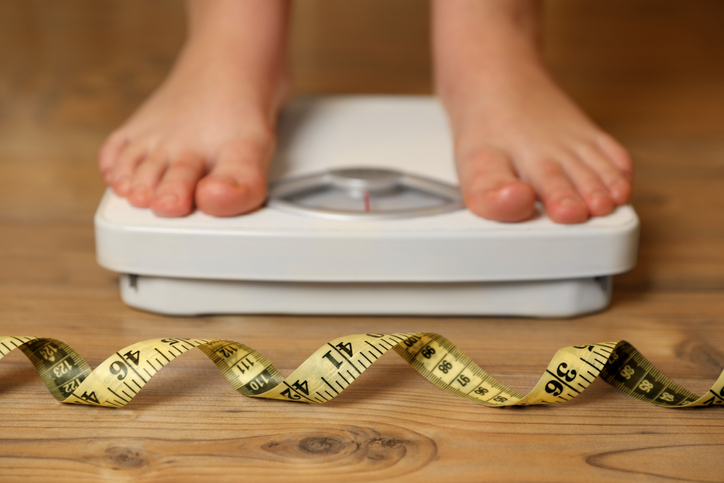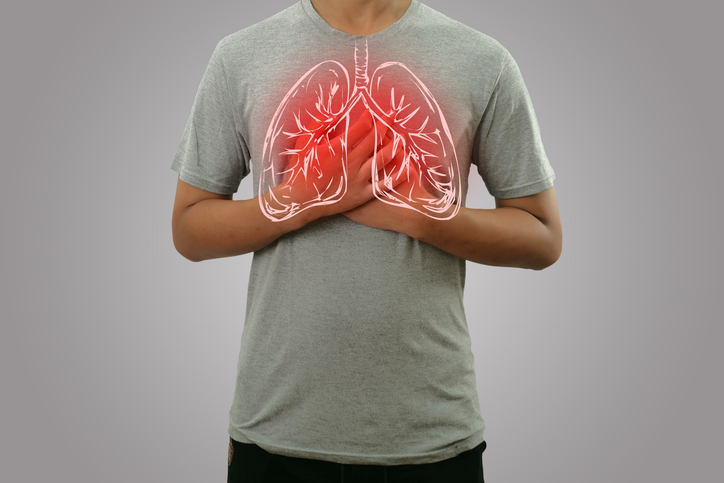
With wildfires blazing across the nation, the American Lung Association (ALA) released words of caution and tips for residents to minimize their risk of lung disease.
The most vulnerable populations include children and teens, seniors, pregnant women, and people who already live with lung disease.
“Everyone, especially residents living with chronic lung disease like asthma, chronic obstructive pulmonary disease (COPD) and those with chronic heart disease, should take extra precautions during this time,” the ALA said in a press release. “Those who work outdoors; are under age 18 or over age 65; or have asthma, COPD or other lung diseases, chronic heart disease or diabetes, should monitor their breathing and exposure to smoke.”
Approximately 81 large wildfires are currently burning on about 2.2 million acres of private, state, tribal, and federal land. 18,500 interagency fire personnel, including about 400 crews, 800+ engines, 130 helicopters and 24 Airtankers are deployed to fight #wildfires. pic.twitter.com/6VT2wE5jx2
— USDA Forest Service (@forestservice) August 30, 2018
Healthy individuals should err on the side of caution as well.
“The sheer scope of the wildfire has created conditions that put even healthy individuals without lung disease at risk,” ALA Chief Mission Officer Deb Brown said.
#Airquality is unhealthy in parts of #Idaho today – Paper dust masks commonly found at hardware stores are designed to trap large particles, such as sawdust. These masks will NOT protect your lungs from the small particles found in #wildfire #smoke https://t.co/gGkAcsdVfG pic.twitter.com/iID6D4Qpat
— DHW (@IDHW) August 21, 2018
The risk remains even after the fire has been extinguished. Ash can be inhaled if it’s spread through soot or it comes from cleanup following a fire.
#Wildfires present dangers to our #lunghealth – learn how to protect your lungs! https://t.co/KR1TXVBmug pic.twitter.com/QeSznx7Xga
— American Lung Association (@LungAssociation) August 20, 2018
The ALA provided the following guidelines to stay safe amid wildfire smoke:
- Speak with healthcare providers before and after wildfires as physicians may have recommendations for medications to cope with the conditions or lessen any symptoms.
- Wear an N-95 mask, protective clothing, gloves and goggles to reduce your exposure to ash during your clean up.
- Scientific research shows that using a high efficiency particulate air purifier to clean the air in your home can help protect your health during a wildfire.
- Consider using an air purifier that has a HEPA filter to capture harmful particles in your home and circulate air around the whole room to help clear the air in your home from smoke.
- When driving through smoky areas, set your air conditioner to recirculate to avoid exposure to the outside air and keep your car windows and vents closed.
- Know when to seek medical attention. If your asthma is triggered or you are having difficulty breathing, contact your healthcare provider.
Source: ALA







 © 2025 Mashup Media, LLC, a Formedics Property. All Rights Reserved.
© 2025 Mashup Media, LLC, a Formedics Property. All Rights Reserved.